 The success of an audio and video installation depends largely on a good connection. This aspect is as important as the foundation in a building to ensure the strength and quality of the structure.
The success of an audio and video installation depends largely on a good connection. This aspect is as important as the foundation in a building to ensure the strength and quality of the structure.By: Alejandro Bidondo*
More than 60 years have passed since the first installations of sound systems with distributed speakers, microphones and amplification in Germany of the '40s. Looking back, technology has undoubtedly made endless advances that very often dazzle users by distancing them from the fundamentals of physics and basic electronics. This induced amnesia is what often causes various problems, such as the reduction of the optimal performance for which the systems were designed.
Foundations are said to determine the strength and structural quality of a building. If we make the analogy with construction, in audio and video systems our foundations are the electrical and signal connections, which, if properly projected and made, will allow safe installations and maximum signal to noise ratio.
The electrical installation
The origin of any professional electrical installation, permanent or transitory, begins with clean, sufficient electrical energy that allows safe connections.
Clean: because a significant percentage of the noises that can enter the audio lines come from the power line.
Enough: because the transient energy demands that an audio system has during its operation at full power are very important. Since the industry, in search of maximizing revenue, limits the size of power supply capacitors and generally tends to undersize conductor sections in any installation, the result is the limitation of the dynamic range of amplified signals.
Safe: because it will be necessary to refer the entire system to a single electrical potential (unless the system to be connected is lighting) called earth, which fundamentally provides security by deriving the leakage currents received by the cabinets (or chassis) directly to it, minimizing the possibility of electrocution of human beings.
Grounding audio or video systems is the art of making a successful electrical connection to an absolute electrical potential of 0V (zero volts). Commonly this potential is also called "earth". Within this process it will be necessary to test options for the physical location of the same, which must be determined mainly through visualization and evaluation, applying a proven analytical process.
Grounding should be treated as a semiconductor even though it appears to be (and actually is) simply a conductor. The first step to make this type of connection is to know the type of soil and its conditions of humidity, temperature and resistivity.
Once the reference point has been established and a safe electrical installation (line, neutral and earth) has been made, with clean and sufficient energy, the interconnection of systems (and the consequent fight against the noise product of it) begins. The different types of connections are potential sources of noise, since they establish new electrical circuits through which non-projected and difficult to predict leakage currents flow.
Electrical connection of audio and video systems
The noise in any audio or video chain depends on the weakest link, on that sub-system that introduces or generates the highest level of noise, thus limiting the dynamic range of the whole. The dynamic range is the ratio, in dB, between the maximum signal allowed by the system - without distortion -, and the noise level of the system.
While a certain amount (or magnitude) of white noise generated is inherent in any electronic system and its existence is expected, it is desirable that no other type of noise be introduced into the useful signal.
White noise is a signal of random genesis, of equal amplitude for all frequencies and in audio systems it is perceptible as a "hiss", while in video systems it is perceived as snow or granules of various grayscales, uniformly distributed in the projection of the image.
The magnitude of tolerable or acceptable noise in a chain of interconnected systems will depend on its objectives and economic environments. In this way, if the economic environments are approximately ideal, the monitoring system of a recording studio will require a much lower noise level than a voice system of a shopping center. While in a high-performance audio system the dynamic range could reach up to 120dB, in the case of good quality video systems, you don't need much more than 50dB.
Given the above, each system will introduce its own noise and in addition, its interfaces will also do so since different electrical references are being connected to each other, different electrical potentials established in the various cabinets, each equipment with different insulations between primary and secondary of the source transformers, among other things.
It will be of great importance that the technical department can diagnose through objective measurements the dynamic ranges reached by an installation, and also be able to determine the sources of noise throughout the life cycle of the same. Many mythical methods have been developed since ancient times to try to eliminate noise currents or nullify potential differences between subsystems. These raise misconceptions such as the following:
- "All lands have 0V (zero Volt)": it is wrong to presume that all lands have 0V, since between them there is resistance (there are tens of ohms between different points of land). Therefore, placing various points of land in audio and video systems is not the solution to this type of problem.
- "Cables have zero impedance": according to this assumption, the cables would extend a reference voltage of 0V to various regions within a circuit just by connecting them to that cable. The resistance of a wire applies only to direct current values and very low frequencies, and is directly proportional to its length (L), to the material's own resistivity (?) and inversely proportional to its section, as described in equation 1:
 , equation 1.
, equation 1.
The inductance of a single conductor is approximately independent of its diameter but is directly proportional to its length, and increases if the conductor is twisted or looped. For our example above, the inductance will be 96.6  .
.
The magnitude of the impedance as a function of frequency, for a series RL circuit, will be given by the following equation:
 ,equation 2.
,equation 2.
Its associated graph is that of Figure 1.

References
Whitlock, Bill. "Understanding, finding & eliminating ground loops in Audio & Video
systems", Jensen Transformers, 2005.
Macatee, Stephen. "Grounding and Shielding Audio Devices". Rane note #151. Rane Corporation. 1995; check don 2002.
Kuphaldt, Tony. "Lessons in electric circuits, Vol II – AC". http://www.faqs.org/docs/electric/AC/index.html.
*Engineer Alejandro Bidondo holds a PhD in Acoustic Engineering from the UPM and is part of the engineering and sales area of Sound Engineering








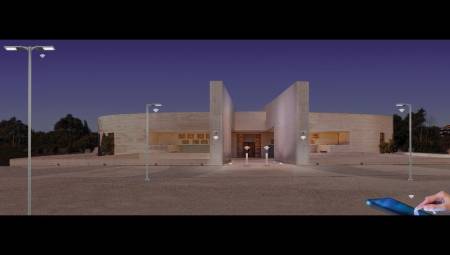

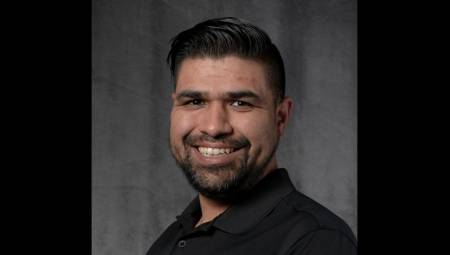





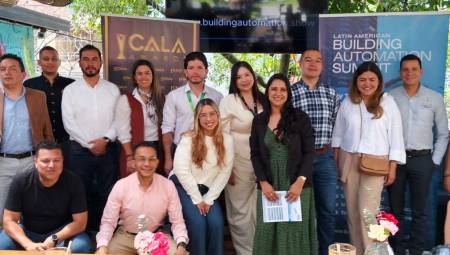
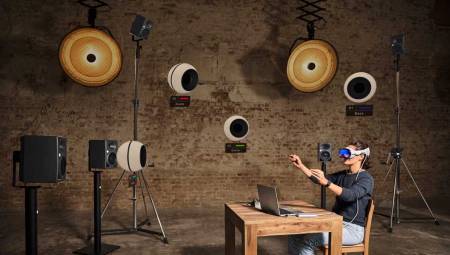


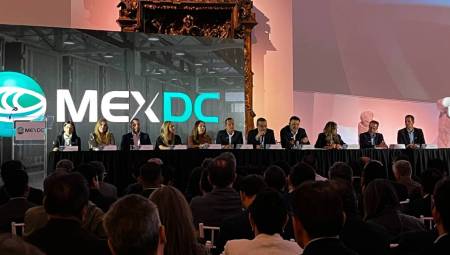




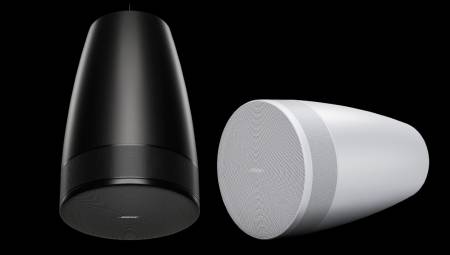


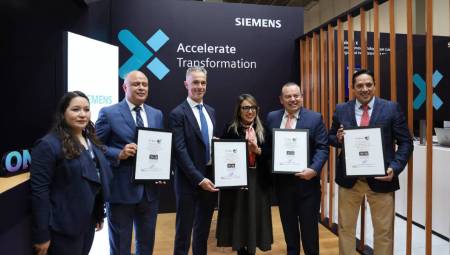

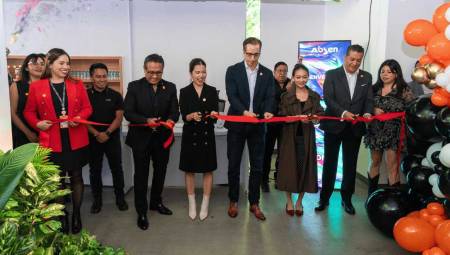
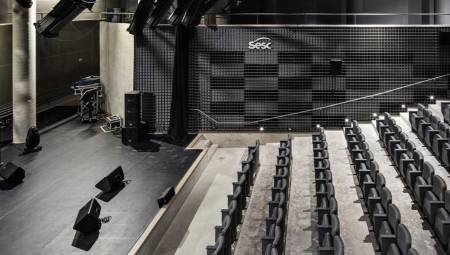

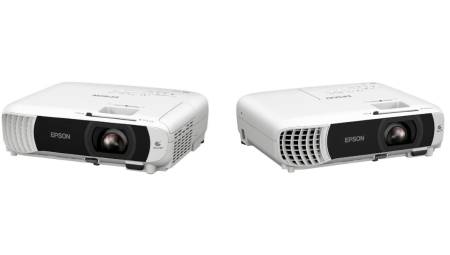

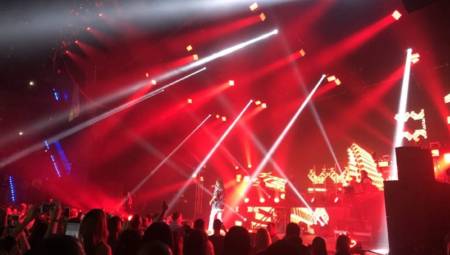
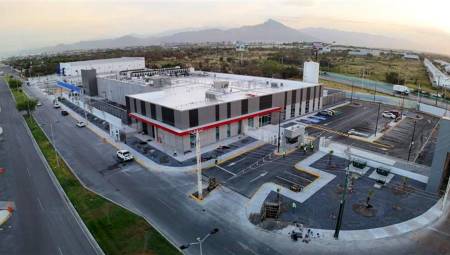
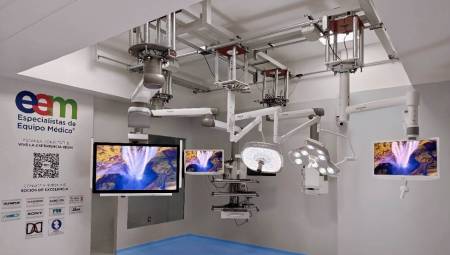




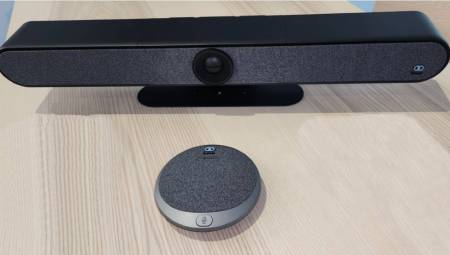
















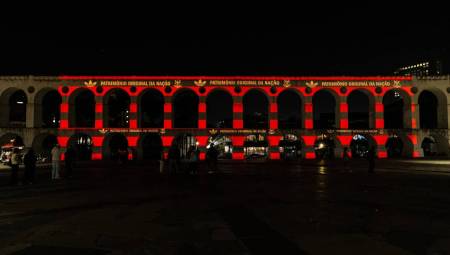










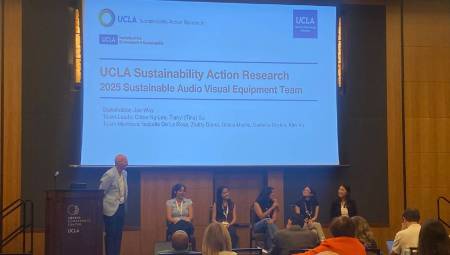












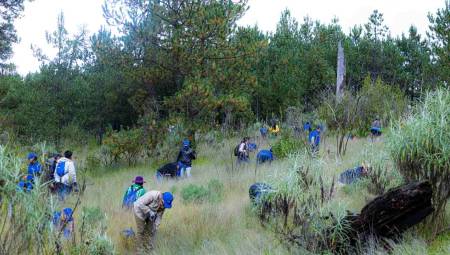













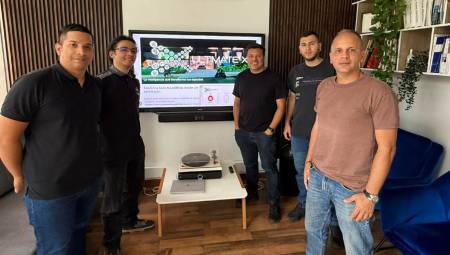
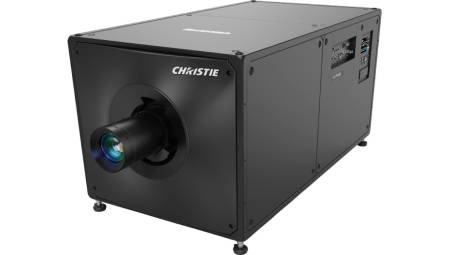


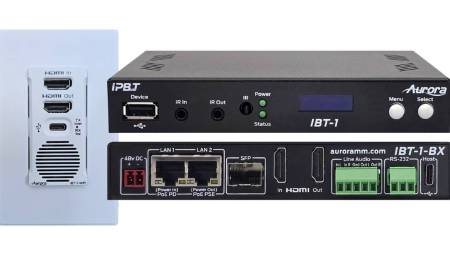
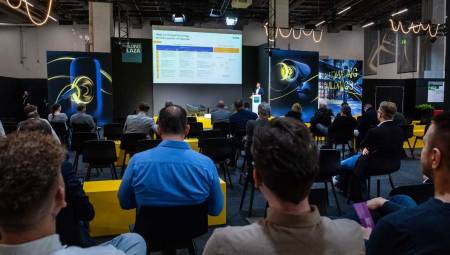



Hola, en el caso de mi instalación se produce un fenómeno muy extraño, cuando desconecto el cable a tierra mi equipo funciona mucho mejor. Tengo un filtro de linea que va a tierra, y anda bien por unas horas, luego es un desastre. Además se rompen todos los estabilizadores de tensión-(nunca los probé sin conexión a tierra)-, duran unos meses nada mas. Se me ocurrió desconectar el cable a tierra por que eh llevado mis equipos a otras casas en las que ni siquiera había conexión a tierra y sonaban mucho mejor que en la mía. Vivo en una zona semi desértica en la Patagonia en la que el suelo es bastante arcilloso, no se si ese dato es de importancia. Muchas gracias y saludos.